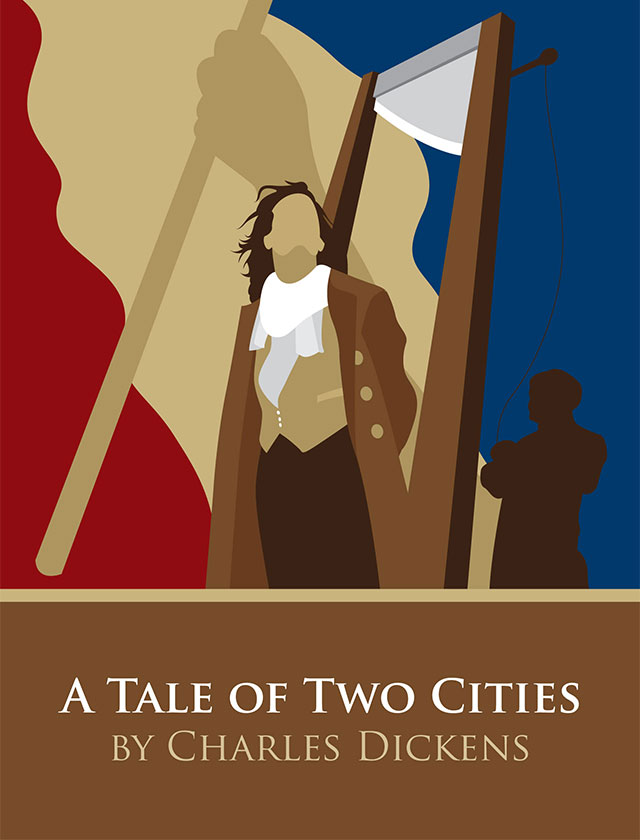A Tale of Two Cities
by Charles Dickens
Book 3, Chapter 4
Dr. Manette returns from prison after four days. In that time period, he was able to speak to the court tribunal. Though they would not promise to free Darnay, the tribunal did guarantee his safety to Dr. Manette. Although Dr. Manette makes observations about the mob’s erratic behavior, he feels as if the Revolutionaries are showing him respect as a survivor of the Bastille. Therefore, he feels that he will eventually be able to free Darnay. Though Dr. Manette’s popularity and stature grow, Darnay is not released, and remains imprisoned for 15 months.
At first blush, it may seem as if Dr. Manette is not having any positive impact on Darnay. However, history reveals that this was actually a fatally dangerous time for political prisoners. Therefore, Dr. Manette’s involvement probably saved Darnay’s life. More importantly, Darnay’s imprisonment means that his family is in Paris at the beginning of the Reign of Terror, which lasted from September 5, 1973, until July 28, 1794. This time period saw thousands of executions, with many of the victims not having been people who opposed the Revolution, but simply the products of warring political factions.
This chapter is also full of religious symbolism and, in fact, brings up religion in a way that the rest of the book does not. France was a Catholic country prior to the Revolution. The Revolutionaries saw how the church helped support the aristocracy and decided to eliminate religion. It went beyond a failure to recognize religion; the Revolutionaries actively attacked existing religious items. Dickens portrays this as a rejection of Christianity, and demonstrates a state of order that shows devolution in human sympathy and reason. While religion does not play a major role in the novel, the fact that Dickens chooses to focus on religion in this chapter certainly helps illuminate how Lucie acts like a “good Christian.” Moreover, it helps establish a tone for Carton’s upcoming self-sacrifice, which may be seen as mirroring the martyrdom of Christ.
Sign up to continue reading Book 3, Chapter 4 >